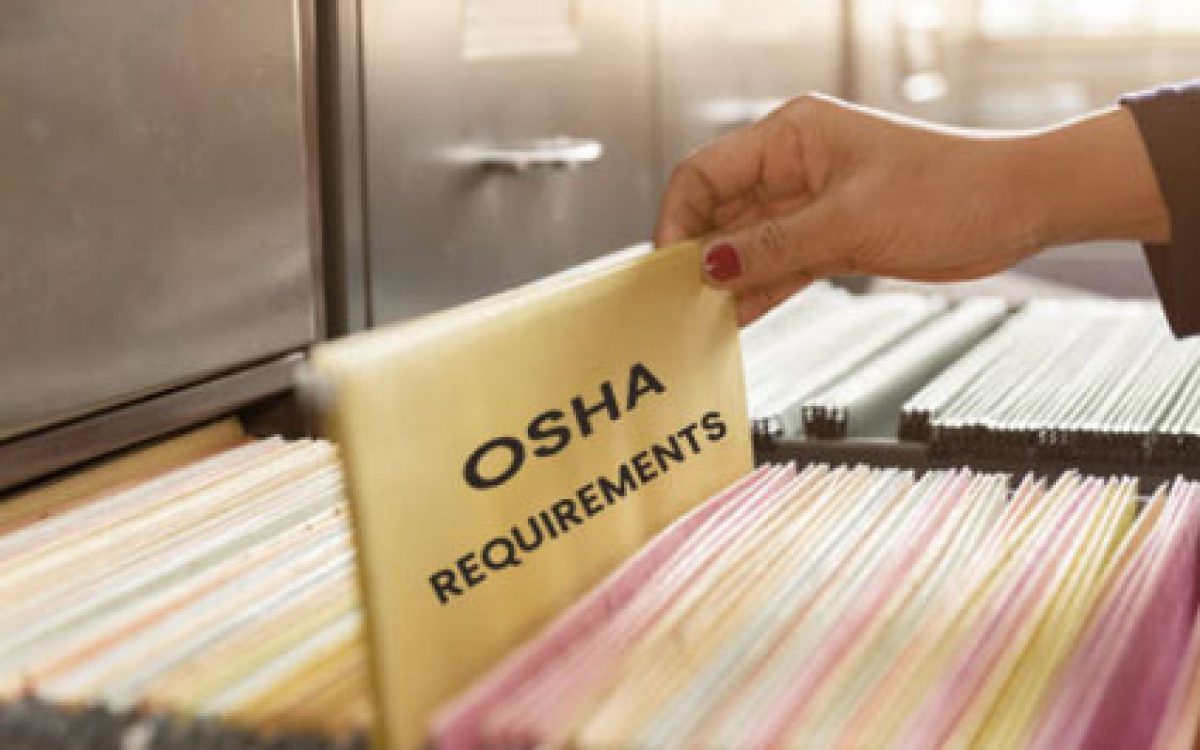The Occupational Safety and Health Administration’s (“OSHA’s”) recordkeeping requirements have been in place since 1971 and are designed to help employers recognize workplace hazards and correct hazardous conditions by keeping track of work-related injuries and illnesses and their causes. These requirements were updated in 2002, 2015 and 2016. Identifying and keeping track of the requirements is up to each employer, and keeping appropriate records and reports of workplace injuries is a requirement that employers often overlook – particularly in those industries where workplace injuries are not all that common. Below are a few of the key OSHA requirements that employers should know:
- What injuries are covered by OSHA? All medical treatment beyond first aid must be reported to OSHA. Employers must also document significant work-related injuries and illnesses diagnosed by a licensed healthcare professional.
- OSHA Form 300 is a log that must be filled out by employers and displayed in a visible area within the workplace. The form lists all applicable injuries or illnesses that occur in the workplace. It must be posted every year between February 1st and April 30th. The OSHA 300 log is not required for businesses with 10 or fewer employees and for businesses in some types of industries.
- OSHA Form 300A is an annual summary of injuries and illnesses that occurred during the calendar year. The form displays the totals from the OSHA Form 300 log. The summary also displays the calendar year covered, company name and address, annual average number of employees and total hours worked by all employees covered by the OSHA Form 300 log. The 300A form must be filed electronically with OSHA on or before March 2nd of each year, and covers injuries that happened during the preceding calendar year.
- OSHA Form 301 is a form that employers may use to describe the workplace injury or illness. Each injury or illness that is recorded on OSHA Form 300 must also be recorded on a Form 301 or its equivalent (a form is considered equivalent if it contains all the information asked on Form 301).
- Confidentiality of Employee information — Employees, former employees, and employee representatives are authorized to review the OSHA 300 logs. However, if injury or illness involves a reproductive organ, sexual assault, mental illness, or other privacy-sensitive incident, employees names remain confidential.
For more detailed information, you may refer to OSHA’s compliance guidance published on its website.
